Bird seen today with many Herring Gulls.
Very big, to the point where I initially thought GBB Gull when it flew in.
Features:
Thanks in advance.
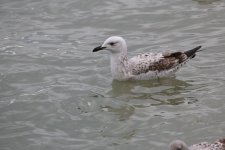
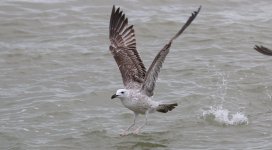
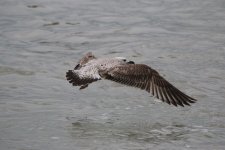
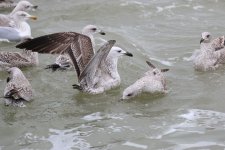
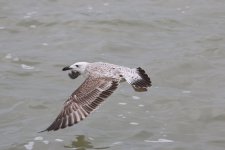
Very big, to the point where I initially thought GBB Gull when it flew in.
Features:
- Almost all white head
- Strong dark bill with paler base
- Some neck streaking but not overly pronounced
- Replaced coverts (more in the right wing), in addition to mantle and scaps
- Underwing appears light in most pics but this depends on the light.
- Primary window is not very pronounced.
- The tail band is massive and the uppertail coverts have some marks.
- Coverts not marked very well
Thanks in advance.








